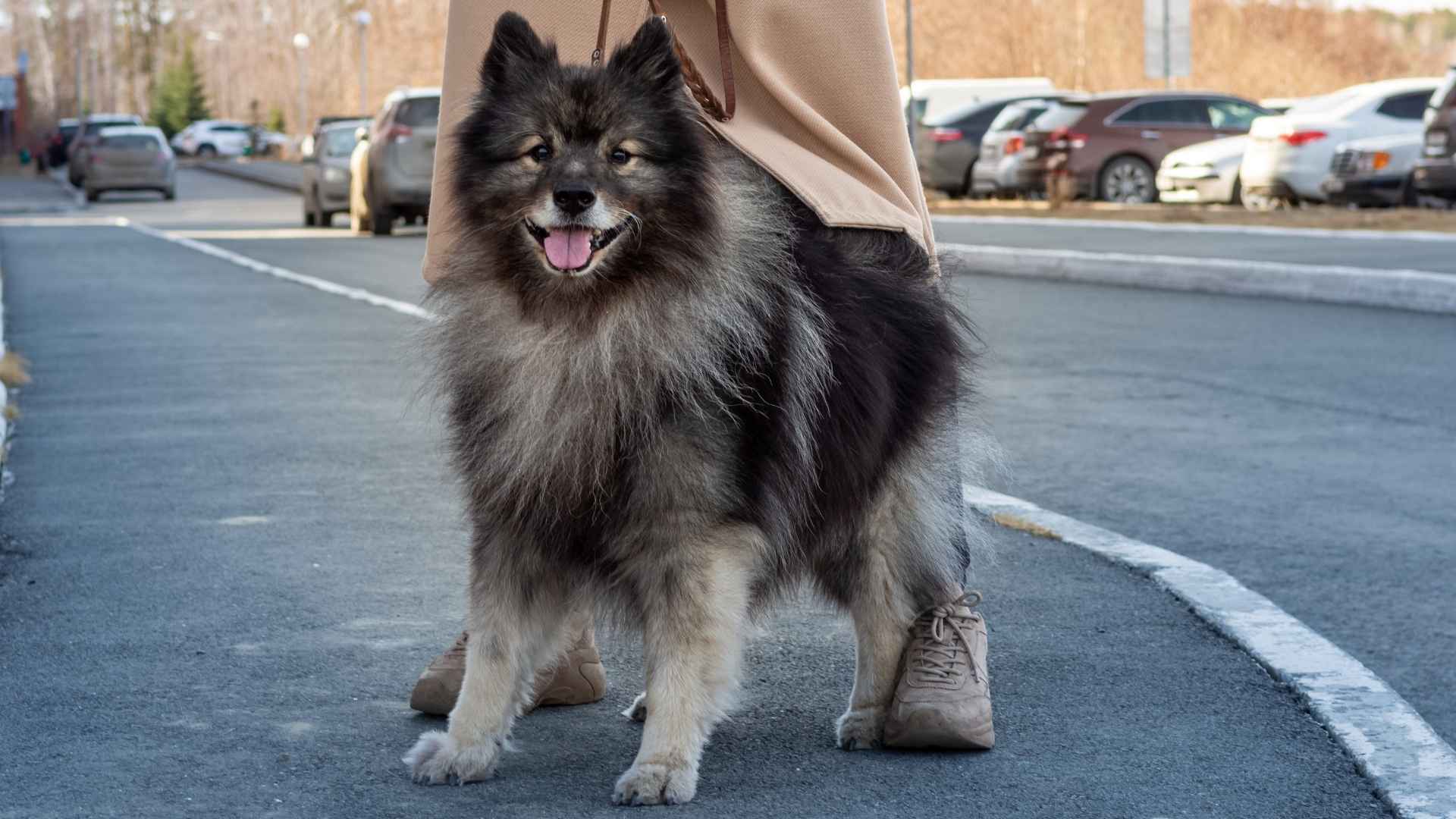Ask any dog trainer or vet about the easiest dogs to live with, and many will point to gentle mid-sized breeds. Not by accident, these dogs often top the charts for family friendliness and adaptability.
At 30-50 pounds, they hit what experts call the “versatility sweet spot”—big enough to be sturdy companions but small enough to fit comfortably in most homes.
The seven breeds we’re spotlighting have earned their reputation for level-headed temperaments and trainability. They typically cause fewer behavior problems than high-energy working breeds or sometimes-stubborn toy breeds.
For busy families, first-time owners, or anyone wanting dog ownership without the extremes, these medium-sized friends offer a balanced approach to canine companionship.
Gentle Mid-Sized Dog Breeds
Just a quick look at how big (or small) these mellow mid-sized breeds are before we go any further.
|
Dog Breed |
Height |
Weight |
|---|---|---|
|
English Bulldog |
14–15 inches |
40–50 pounds |
|
Collie |
22–26 inches |
50–75 pounds |
|
Basset Hound |
Up to 15 inches |
40–65 pounds |
|
Whippet |
18–22 inches |
25–40 pounds |
|
Welsh Springer Spaniel |
17–19 inches |
35–55 pounds |
|
Keeshond |
17–18 inches |
35–40 pounds |
|
Portuguese Water Dog |
17–23 inches |
35–60 pounds |
1. English Bulldog
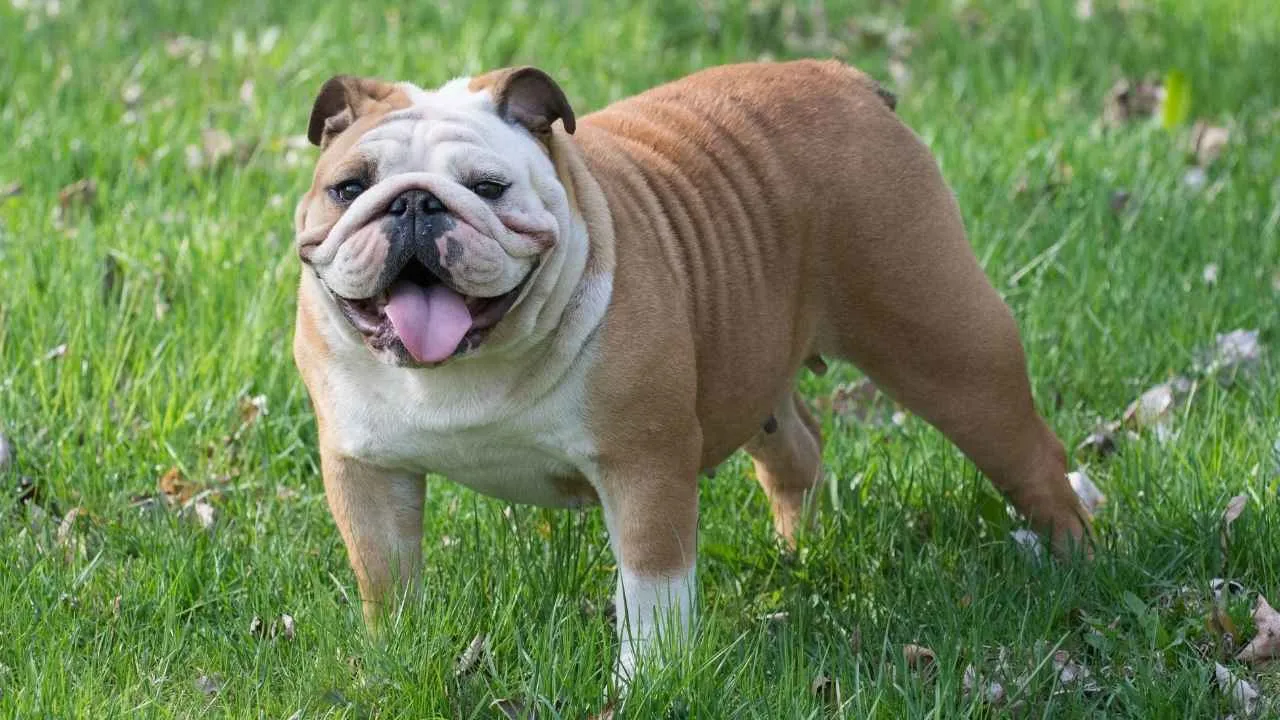
Stocky, wrinkled, and full of character, the English Bulldog may look tough, but inside beats the heart of a big softie. With their signature underbite, droopy jowls, and charming waddle, these pups bring a whole lot of personality to the table.
They might have a rough past as bull-baiters, but today’s Bulldogs are far from aggressive. After generations of selective breeding, they’ve become one of the easiestgoing and sweet-natured companions around. In fact, they’re often happiest lounging next to their favorite human.
While they’re part of the medium-sized dog breeds club, don’t expect them to be high-energy. Bulldogs are chill by nature and perfectly content with a short stroll and a long nap, preferably on your couch or lap (or both).
They do well with other dogs, too, especially when raised together from a young age. Just keep in mind they thrive best with pet owners who understand their unique needs and are okay with a little drool and a lot of snoring.
Because of their flat faces, Bulldogs are sensitive to heat. In warmer months, aim for early morning or evening walks and make sure they’ve got access to water, shade, and air conditioning when needed. However, if it’s too hot to go out, they’re perfectly happy with an indoor game or a chew toy, as experts mentioned in PetMD.
2. Collie
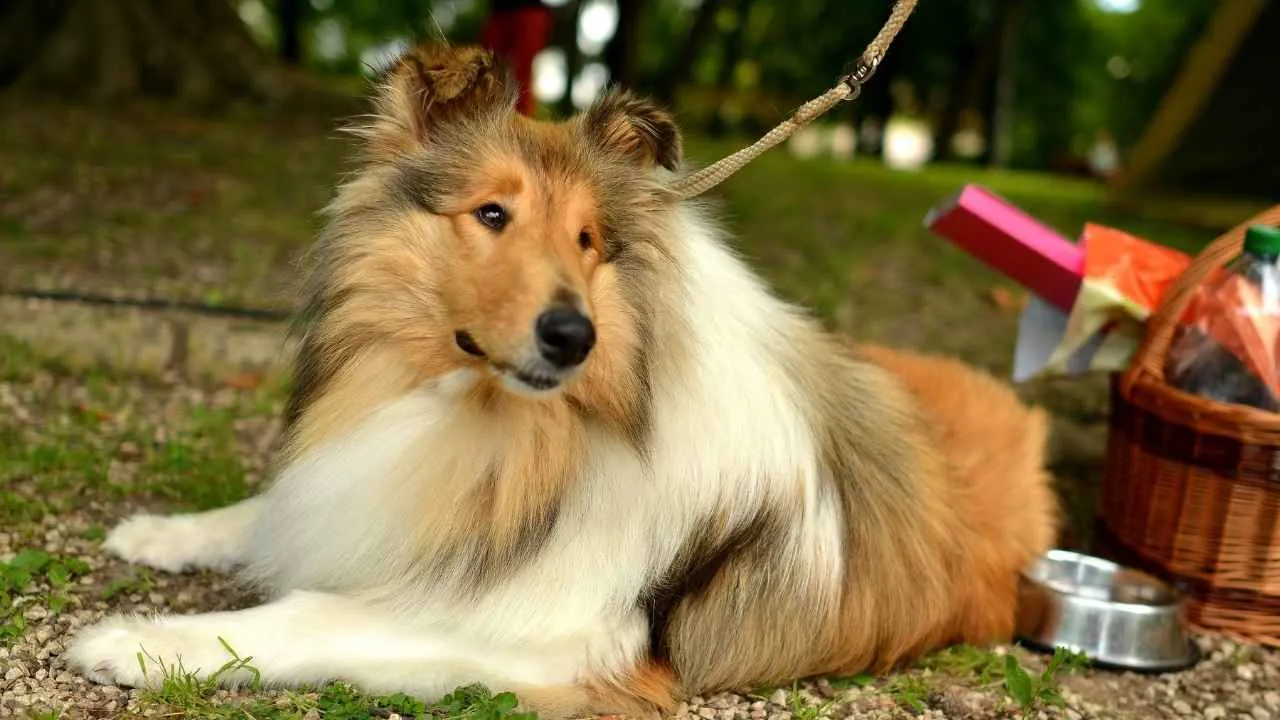
Did You Know: The Collie became a household name thanks to Queen Victoria’s love for the breed—and later, the iconic Lassie who stole hearts on screen.
Loyal, loving, and smart—the Collie has long held a special place in hearts (and on screens). From herding sheep in the Scottish countryside to starring in classic movies, this popular breed has always stood out.
But beyond the fame, Collies make fantastic everyday companions. They bond deeply with their humans and thrive in family life, offering affection, alertness, and a calm, steady presence at home.
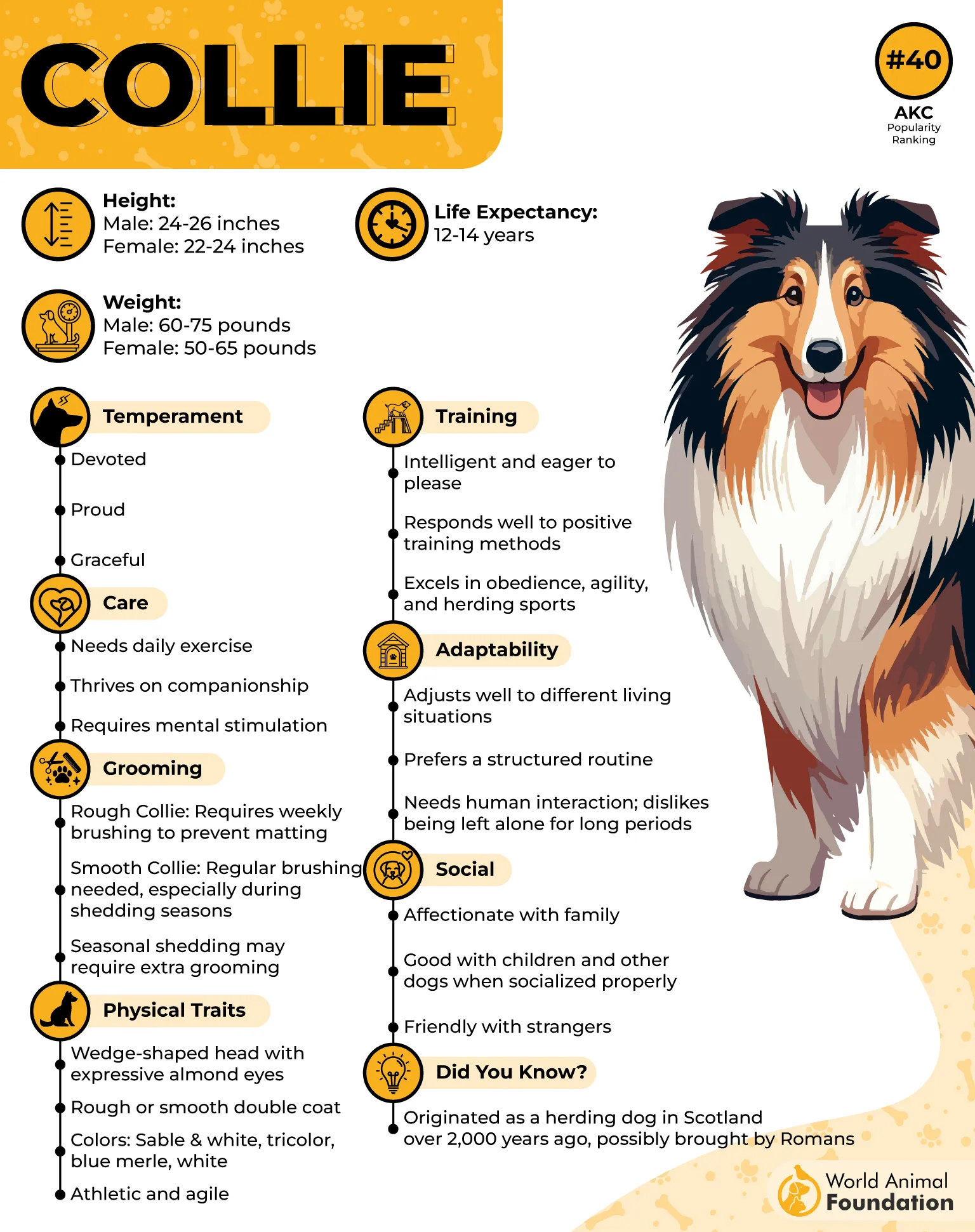
They’re known for their gentle dog nature, rarely aggressive, hardly anxious, and always eager to please. With a Collie around, you’re not just getting a pet—you’re welcoming a new family member.
While they’re naturally polite, Collies do keep an eye on their surroundings. They may bark to alert you if something’s off, but don’t expect much growling or drama—they’re more about loyalty than loudness.
Thanks to their smarts and athletic build, Collies shine in both structured training and playful activities. They’re naturals at:
Agility
Obedience
Herding
Therapy work
Long walks or jogs
Even a good ol’ game of Frisbee
Training is a breeze with them, especially with fun games like hide-and-seek, tug-of-war, or clicker tricks. Their sweet nature and versatility make them an easy fit for homes that love to stay active and connected.
3. Basset Hound
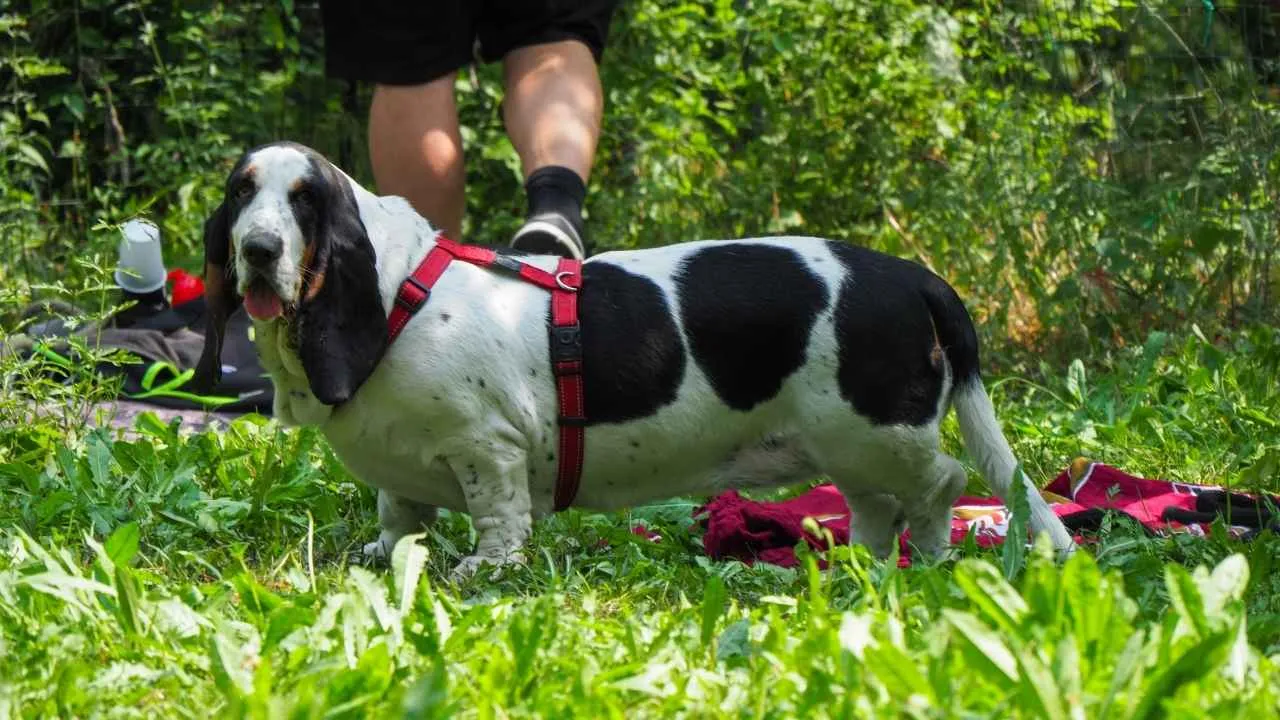
With their soulful eyes, long ears, and unmistakable waddle, Basset Hounds are charmers. But they weren’t bred just to melt hearts—they’re actually expert scent hounds, second only to the Bloodhound in tracking ability.
They might look a bit slow and sleepy, but don’t underestimate them. When they catch a scent, their focus is unmatched. That keen nose combined with a laid-back personality makes them great companions, especially for families with a relaxed lifestyle.
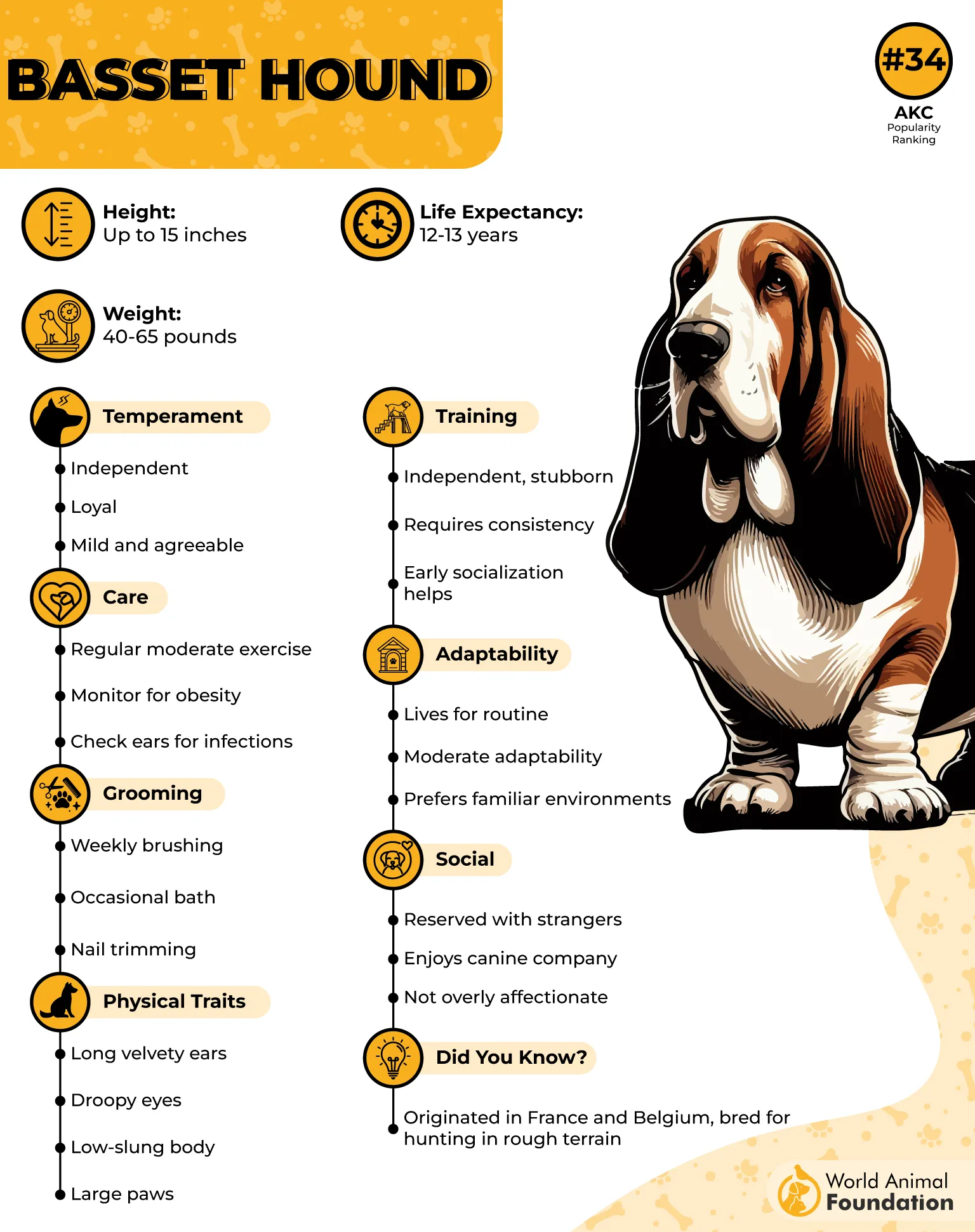
Bassets are friendly and patient, especially with kids. They usually get along well with other pets, too, thanks to their easygoing temperament. Just don’t expect them to be high-energy playmates; they’re more about nose-to-ground exploration than zoomies.
Though they’re independent thinkers, they’re not stubborn out of spite—it’s more about following their nose than your voice. Training takes patience, but treats definitely help, as its AKC profile stated. Once you click, their loyalty shines.
Because of their long backs and short legs, it’s important to avoid letting them jump from heights. Daily walks (with lots of sniff breaks) are perfect to keep them fit and mentally stimulated.
And yes, they drool. And sometimes snore too. And shed. But their goofy charm, loyalty, and mellow vibe more than make up for the mess. They’re the type of dog that turns your home into a slower, happier place.
4. Whippet
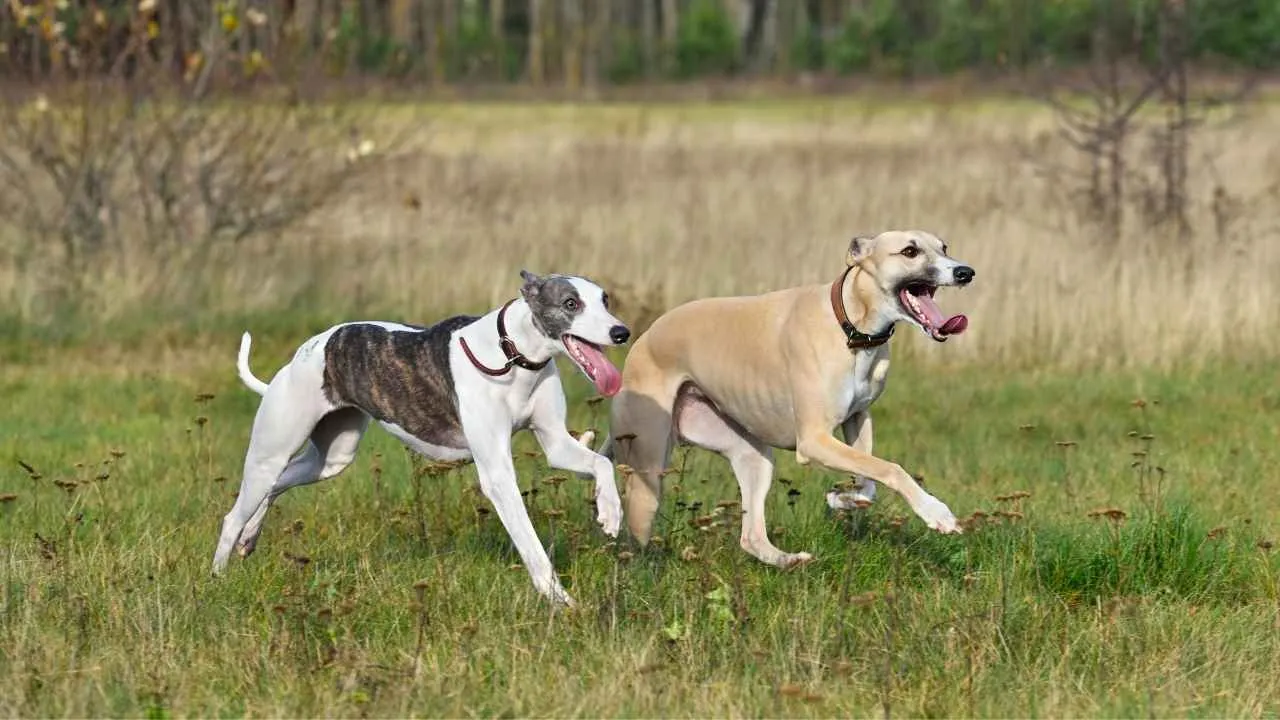
Did You Know: Whippets can hit speeds up to 35 miles per hour—but indoors, they’re world-class couch snugglers.
Graceful, slim, and built like a mini racer, the Whippet is often called the “poor man’s Greyhound,” thanks to its sleek frame and impressive speed, as Oxford Stadium claims. They were originally bred by crossing Greyhounds with smaller terriers, creating a dog that’s both agile and affectionate.
Don’t let their athletic build fool you—they’re not bouncing off the walls all day. Whippets are calm and gentle at home, as long as they get their daily dose of movement and mental stimulation. A brisk walk, a quick sprint, or a puzzle toy usually does the trick.
Their temperament is a beautiful blend of cheerful and quiet. When socialized early, Whippets tend to get along easily with other animals and strangers, making them a smooth fit in most homes.
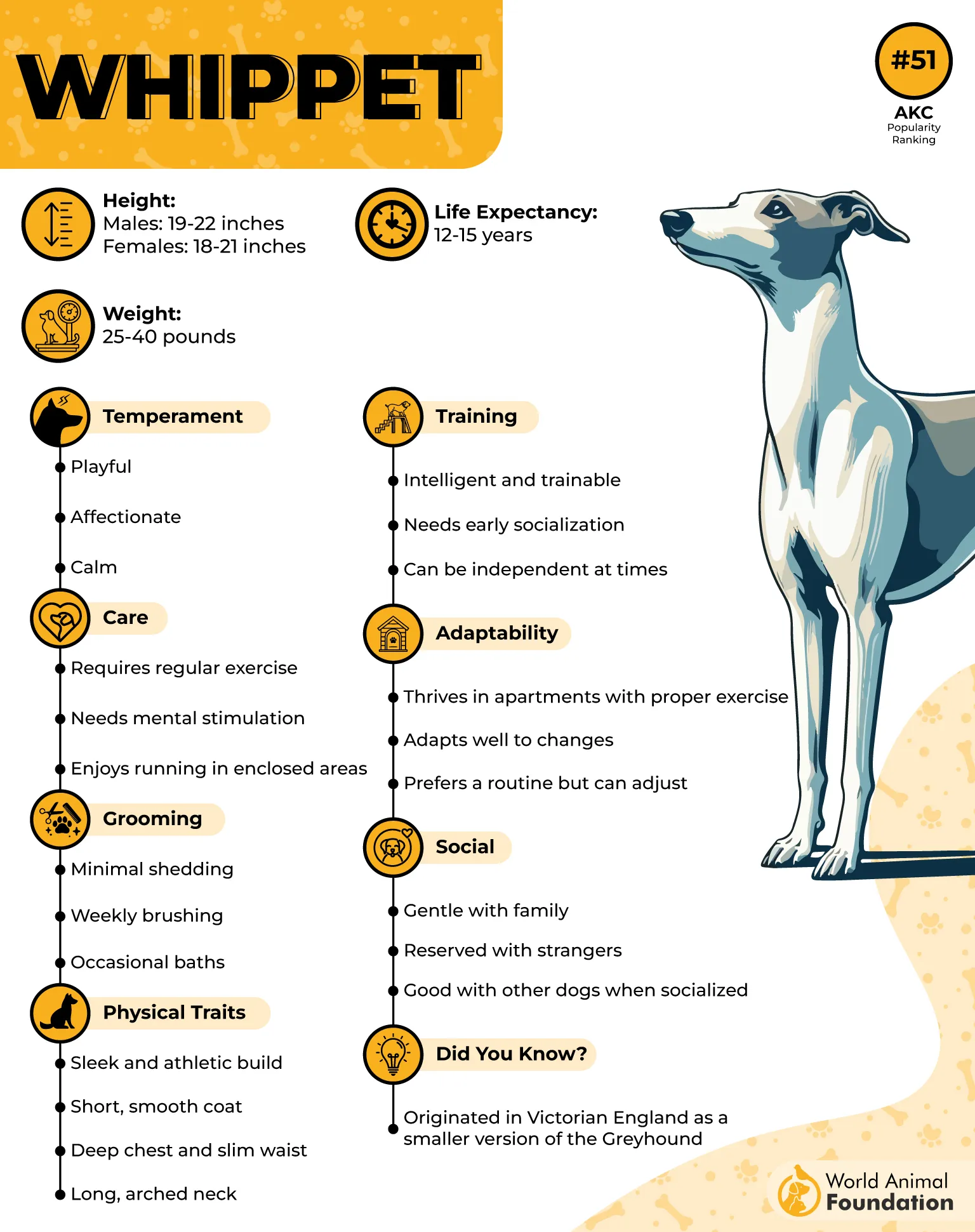
Because they’re part of the sighthound family, Whippets have strong instincts and sensitive natures. Loud, chaotic environments might overwhelm them, but they can still be wonderful with kids, especially in calm homes with gentle introductions.
They’re ideal for people with an active lifestyle who also enjoy quiet evenings. Whether it’s a game of fetch or a sunny stroll, Whippets are up for it—and then happy to curl up and snooze.
5. Welsh Springer Spaniel
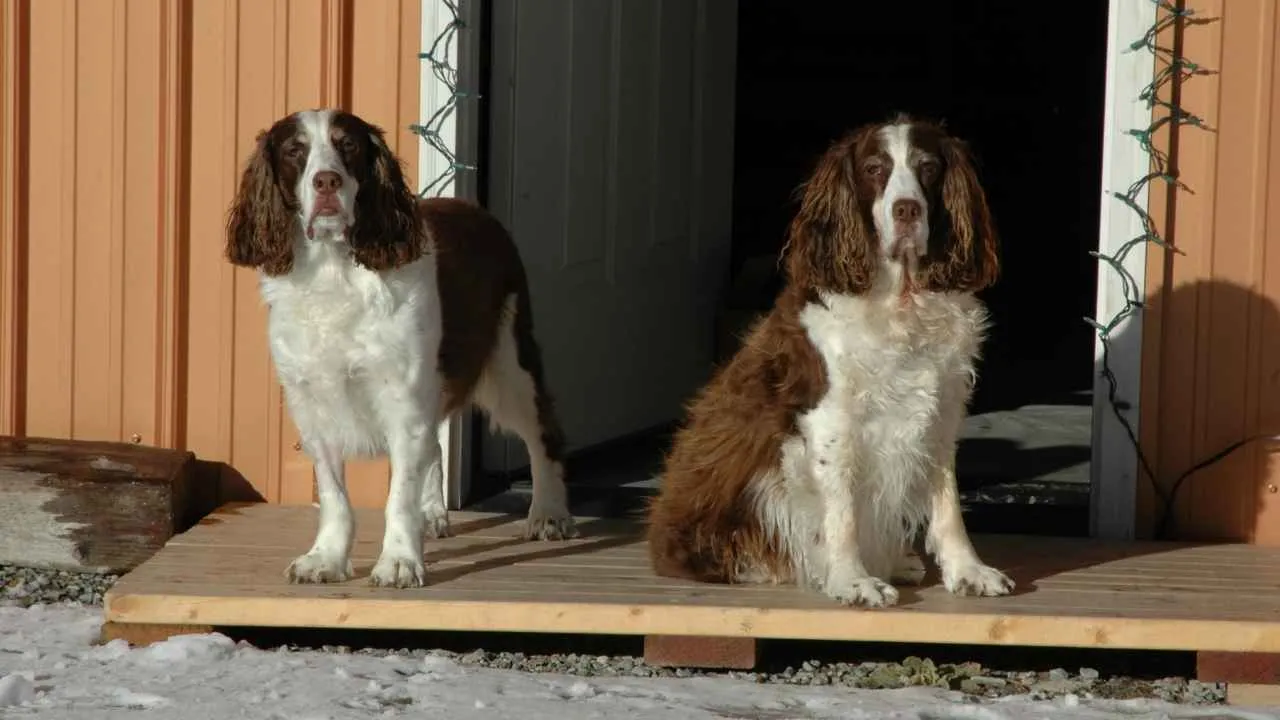
The Welsh Springer Spaniel affectionately called the Welshie is often described as a “Velcro dog.” These pups form strong bonds with their people and prefer staying close to their family, rather than mingling with strangers.
Bred as bird hunters in Wales, Welshies are compact and strong, built for hard work and stamina. They earned American Kennel Club (AKC) recognition in 1906 and are still celebrated for their balanced mix of energy and affection.
Their loving nature comes with a side of caution. They’re naturally reserved around unfamiliar faces and often express it through barking. This alertness is typical of the breed – not aggression, just guardedness.
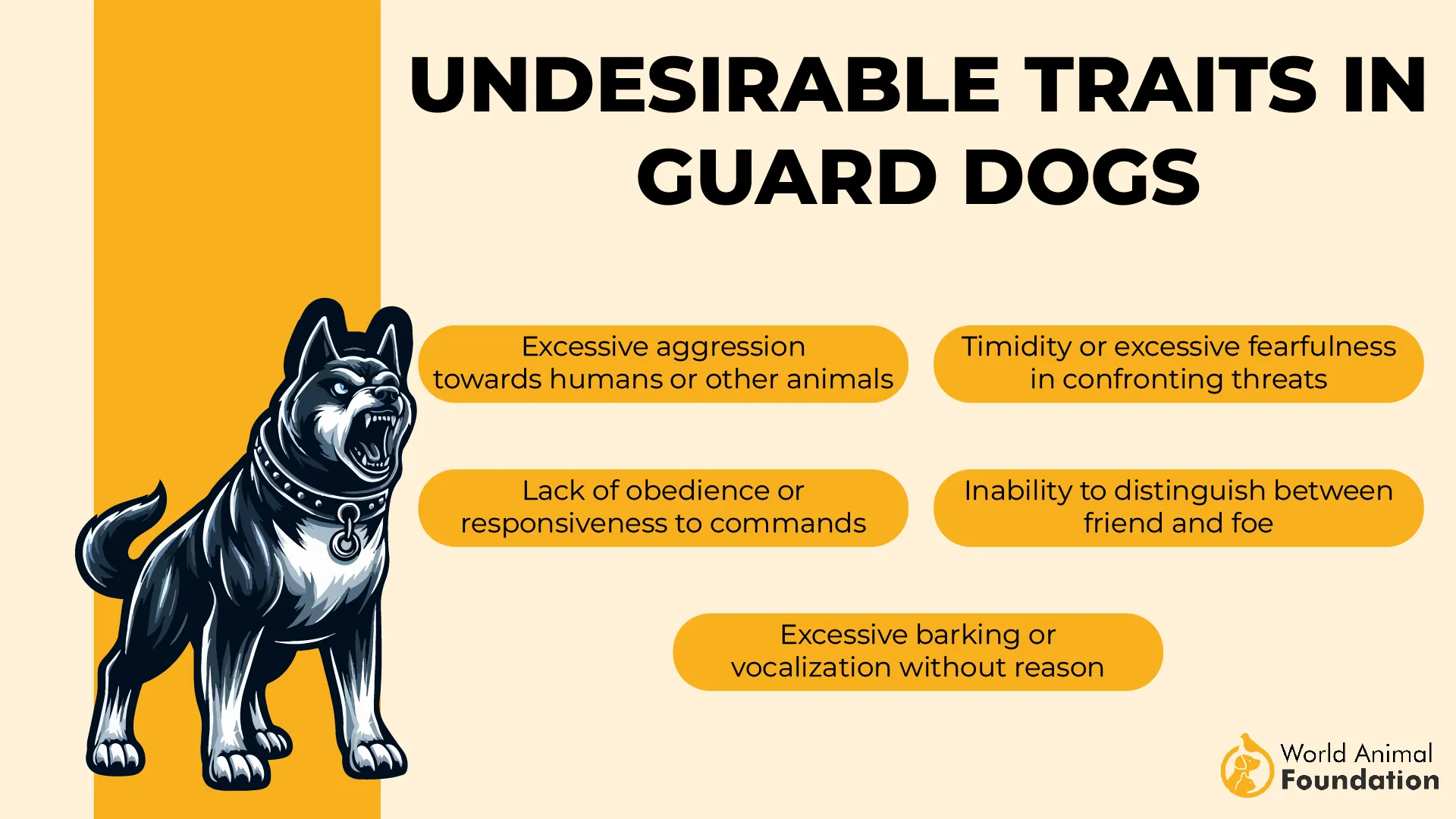
These dogs do best in homes where they can be mentally and physically engaged. If they’re left alone too often or under-exercised, they may bark excessively or chew out of frustration.
Welshies are also highly intelligent and easy to train, especially using praise and treats. According to the Welsh Springer Spaniel Club of America, many of them practically house-train themselves.
Early socialization is key. During the first 4 months, exposing your puppy to new people, sounds, and experiences builds confidence and helps them stay calm in unfamiliar settings.
6. Keeshond
With their fluffy coat, fox-like face, and expressive eyes, the Keeshond has an unmistakable charm. Originally from the Netherlands, these dogs once stood proudly aboard canal barges as beloved companions and watchdogs.
Known as the “smiling Dutchman,” the Keeshond has a cheerful spirit that’s easy to love. They’re social, fun-loving, and bond closely with their humans—so much so that being left alone too long can really stress them out.
They generally get along well with other canines and children, especially those who’ve been taught how to be gentle. These dogs thrive in homes where they’re treated like part of the family, not just left to entertain themselves.
Training is best when it’s positive and fun, as Keeshonden are eager to please and pick up on commands quickly. But early socialization is just as important—meeting new people and exploring new situations helps them grow into well-rounded adults.
The Keeshond Club of America recommends enrolling puppies in kindergarten classes between 9 and 12 weeks old to build early confidence and teach basics like “sit” and “stay.”
Moreover, their thick, double-layer coat needs regular brushing, but in return, you’ll get a dog who’s warm, loyal, and always ready to make you smile.
7. Portuguese Water Dog
The Portuguese Water Dog, or PWD, was once a fisherman’s right hand in coastal Portugal, diving for gear, herding fish into nets, and swimming messages between boats. Today, they bring that same drive and focus into family life.
Athletic and curly-coated, these dogs are built for action. Their webbed feet make them strong swimmers, and their waterproof coat protects them in all kinds of weather, though it does need regular grooming to stay manageable.
With their friendly disposition and sharp minds, PWDs excel at everything from water sports to agility trials. But they’re just as happy playing tug-of-war with kids or learning new tricks in the living room.
This breed is highly social and thrives on companionship. While they’re not usually aggressive, they can be reserved with strangers and need early socialization to grow into confident adults.
They’re especially known for being good-natured, playful, and incredibly loyal. With the right guidance, they’re great with small children and can become gentle guardians and goofy playmates in equal measure.
Because they’re intelligent and energetic, they need both physical exercise and mental stimulation daily. Puzzle toys, training games, and outdoor adventures are all great ways to keep them happy.
Conclusion
When all is said and done, these seven gentle, mid-sized breeds offer the best value in dog ownership. They hit the happy medium that works for real life—not too demanding, not too delicate.
For apartment dwellers, their moderate size means no space penalties. For active families, they have enough energy for play without the boundless energy that exhausts owners. For those seeking comfort, several excel as therapy dogs, providing emotional support alongside companionship.
They’re some of our most popular dogs precisely because they deliver maximum companionship with minimum complications. By choosing one of these breeds, you’re making a smart investment in your quality of life. They’re not just pets—they’re the perfect addition to your home, ready to bring balance, joy, and friendship for years to come.


